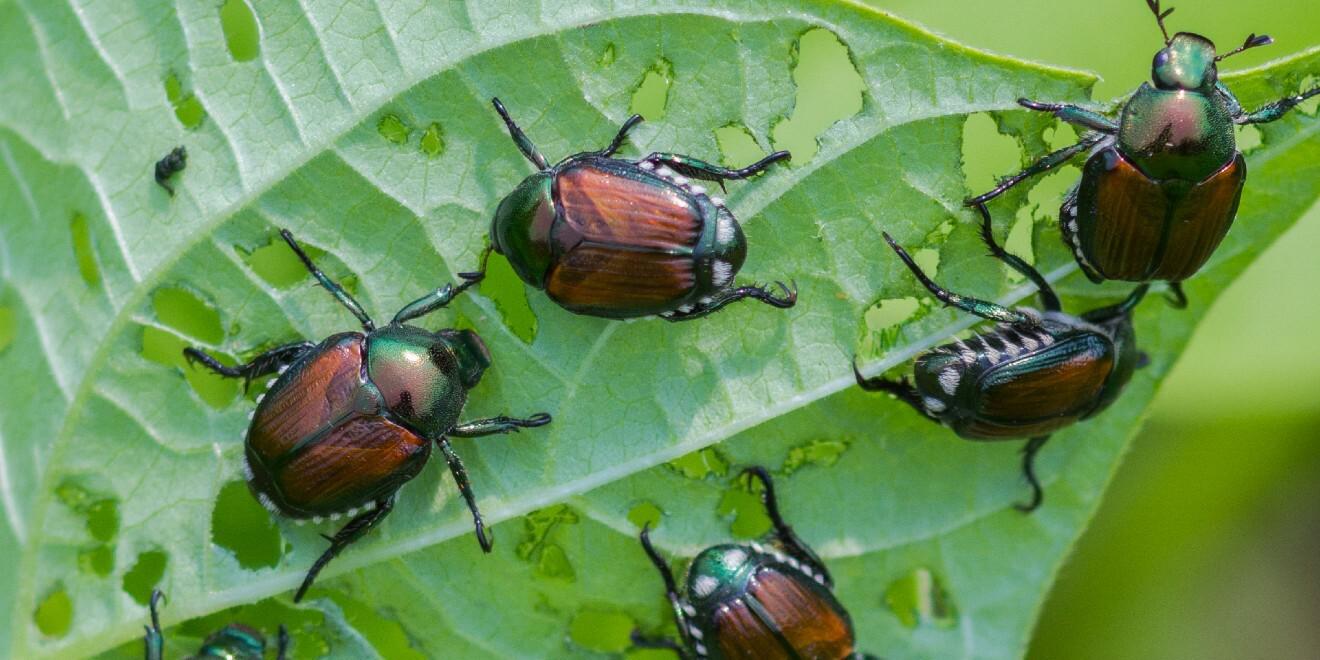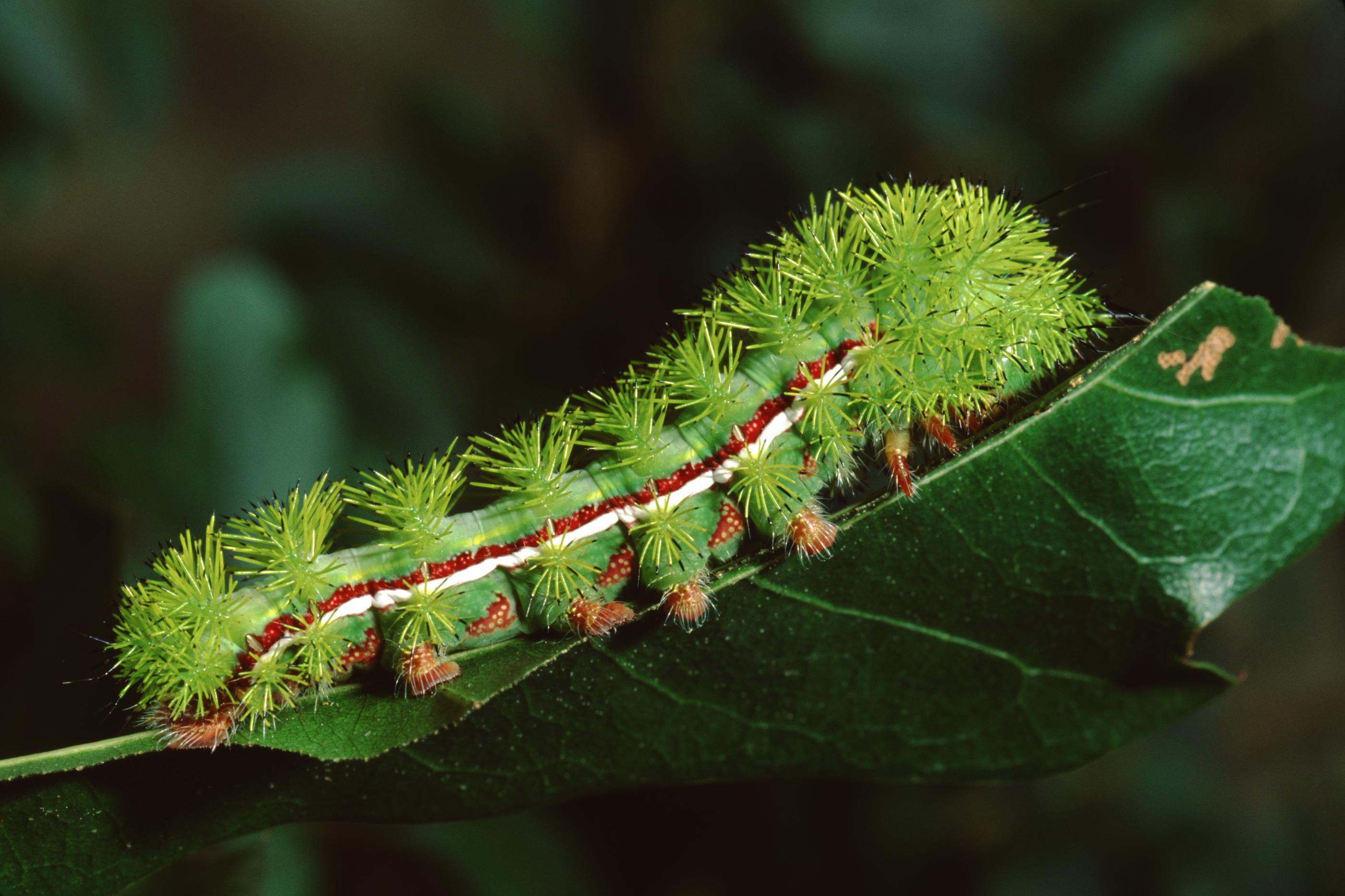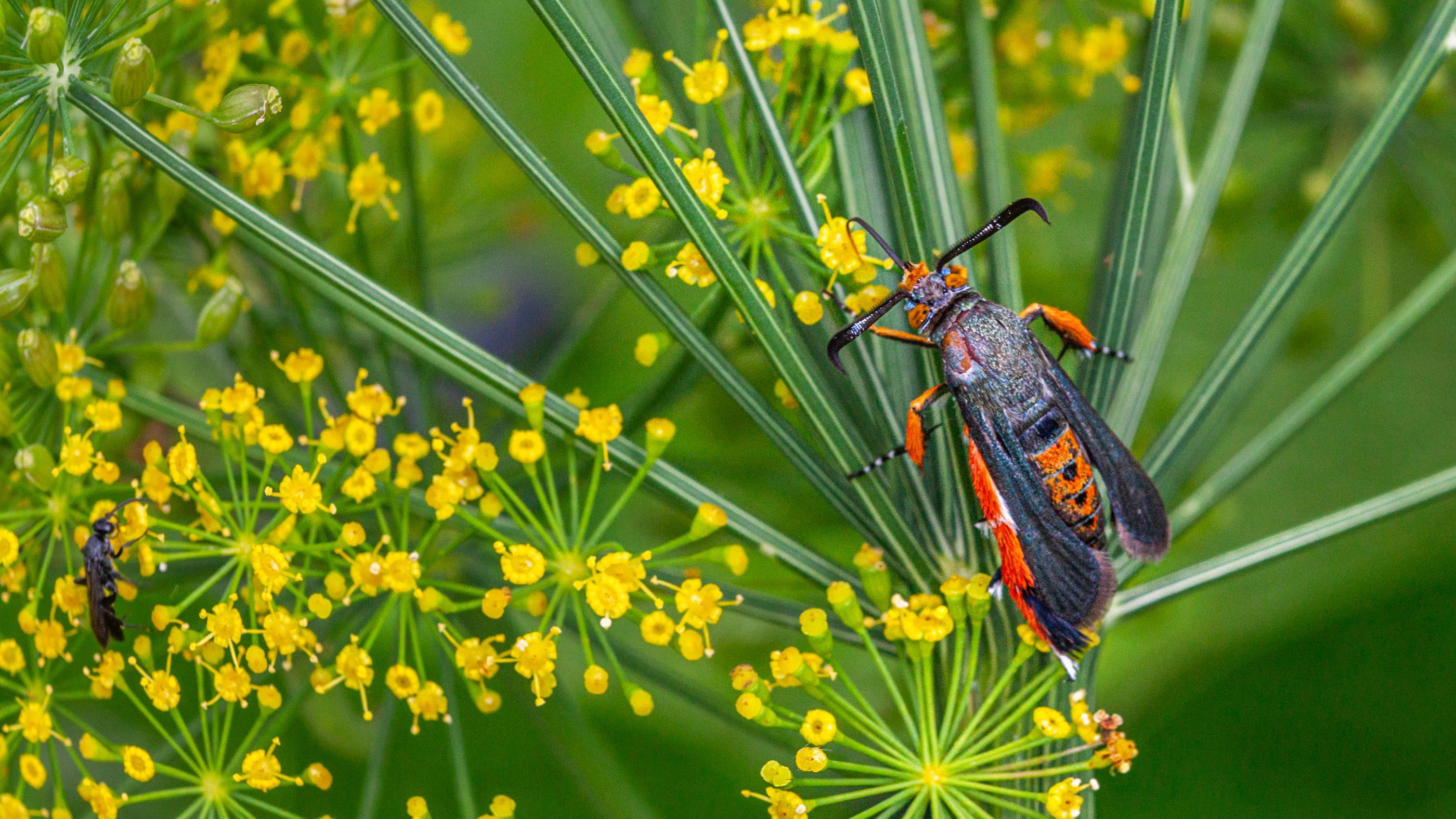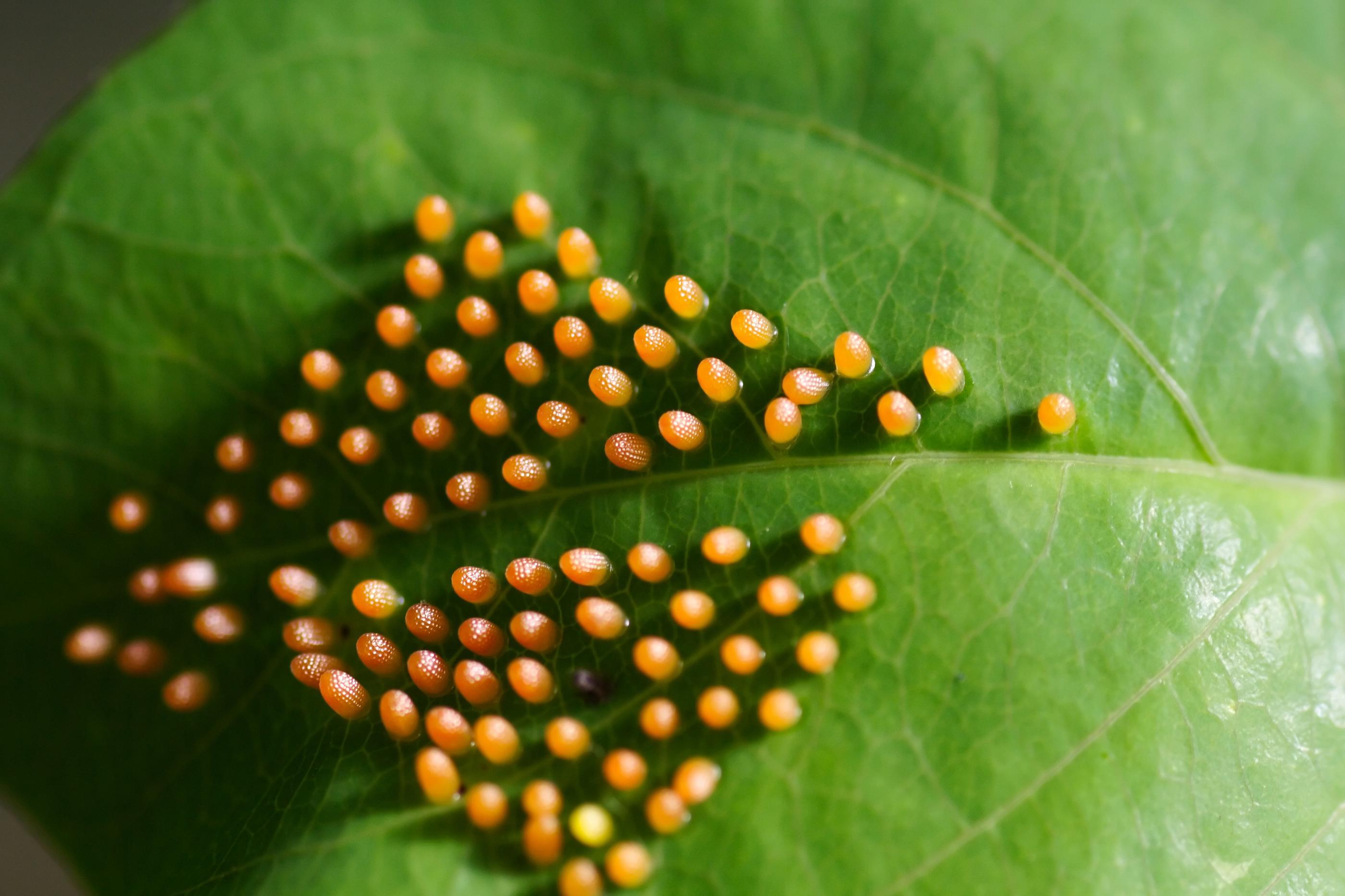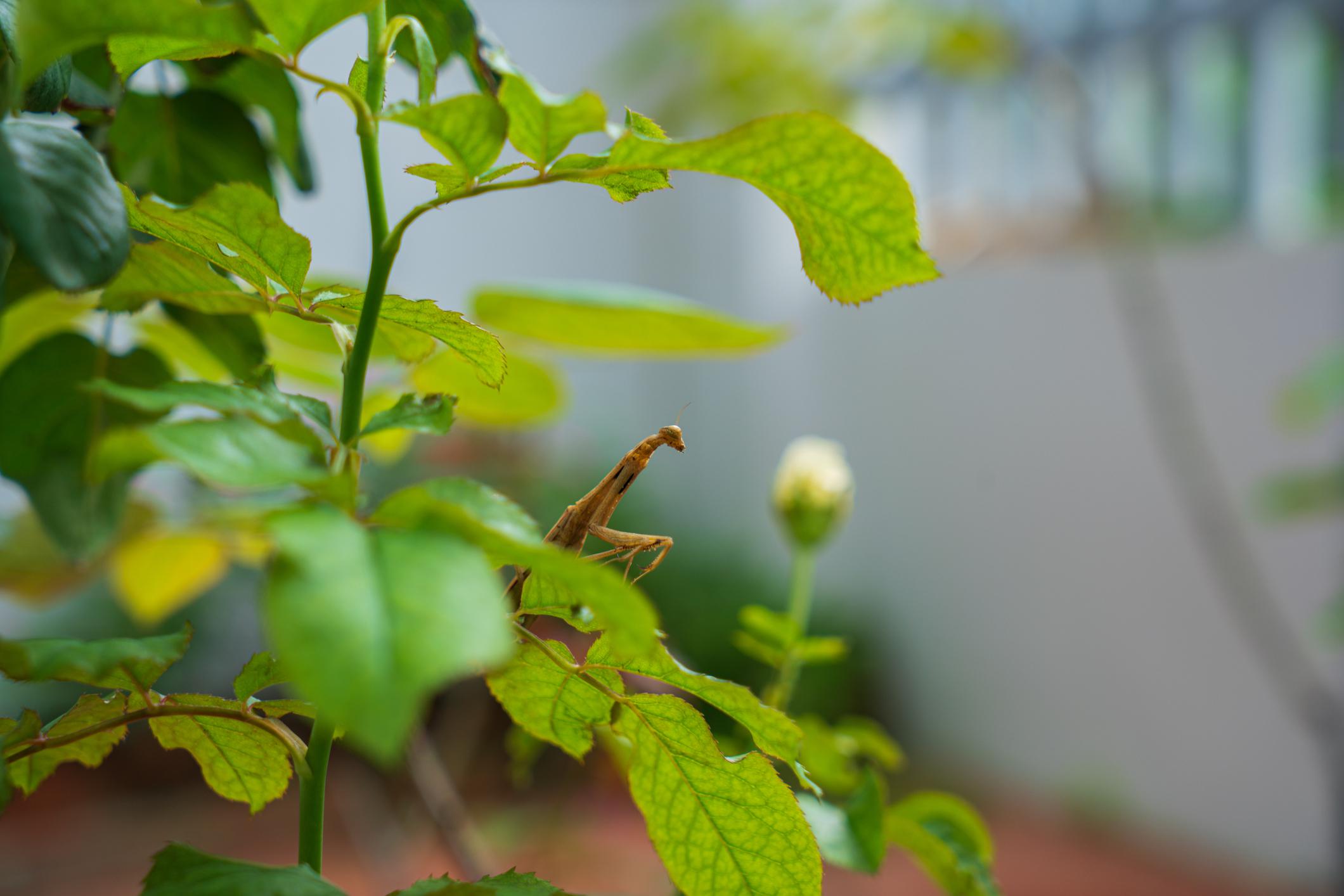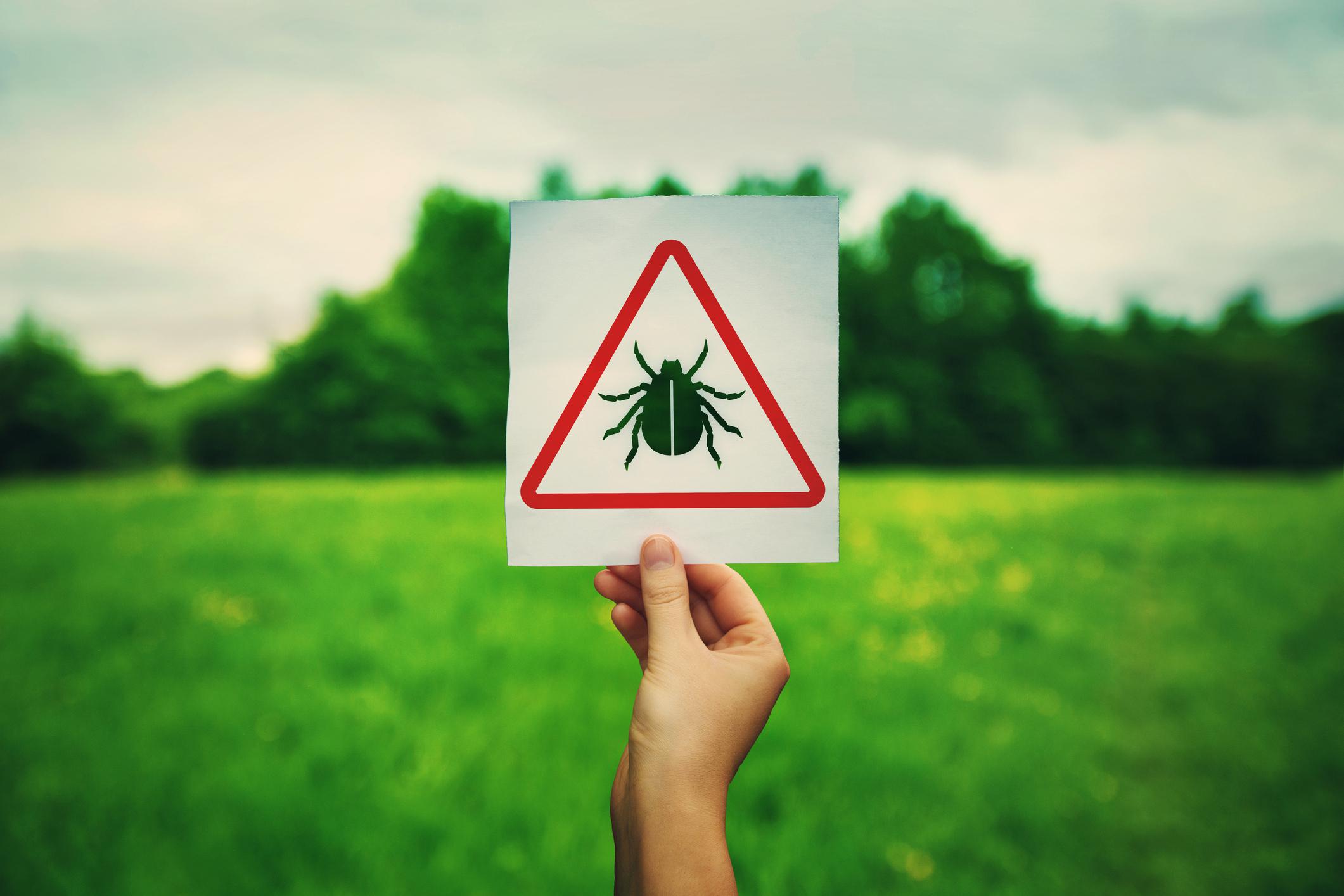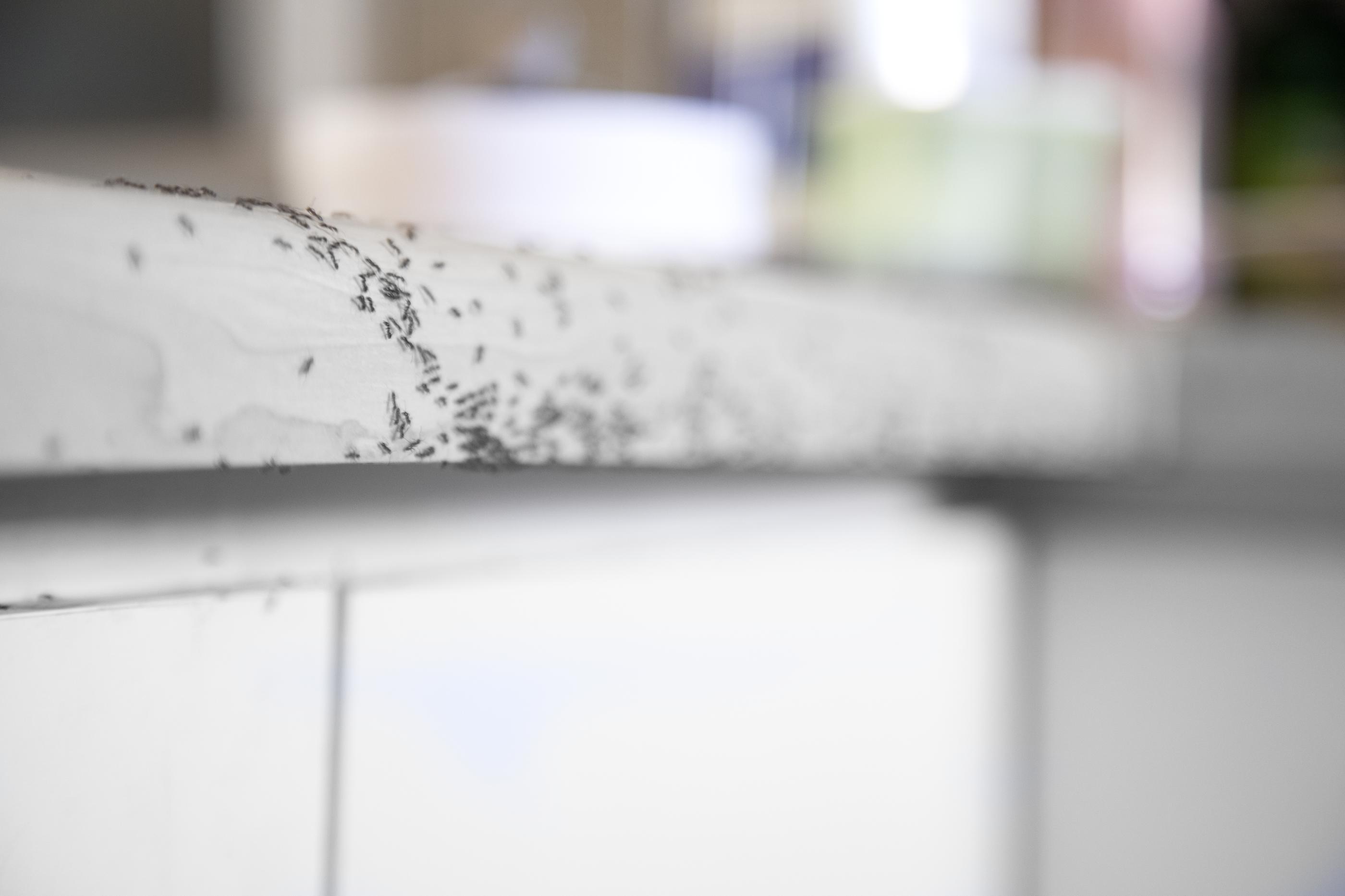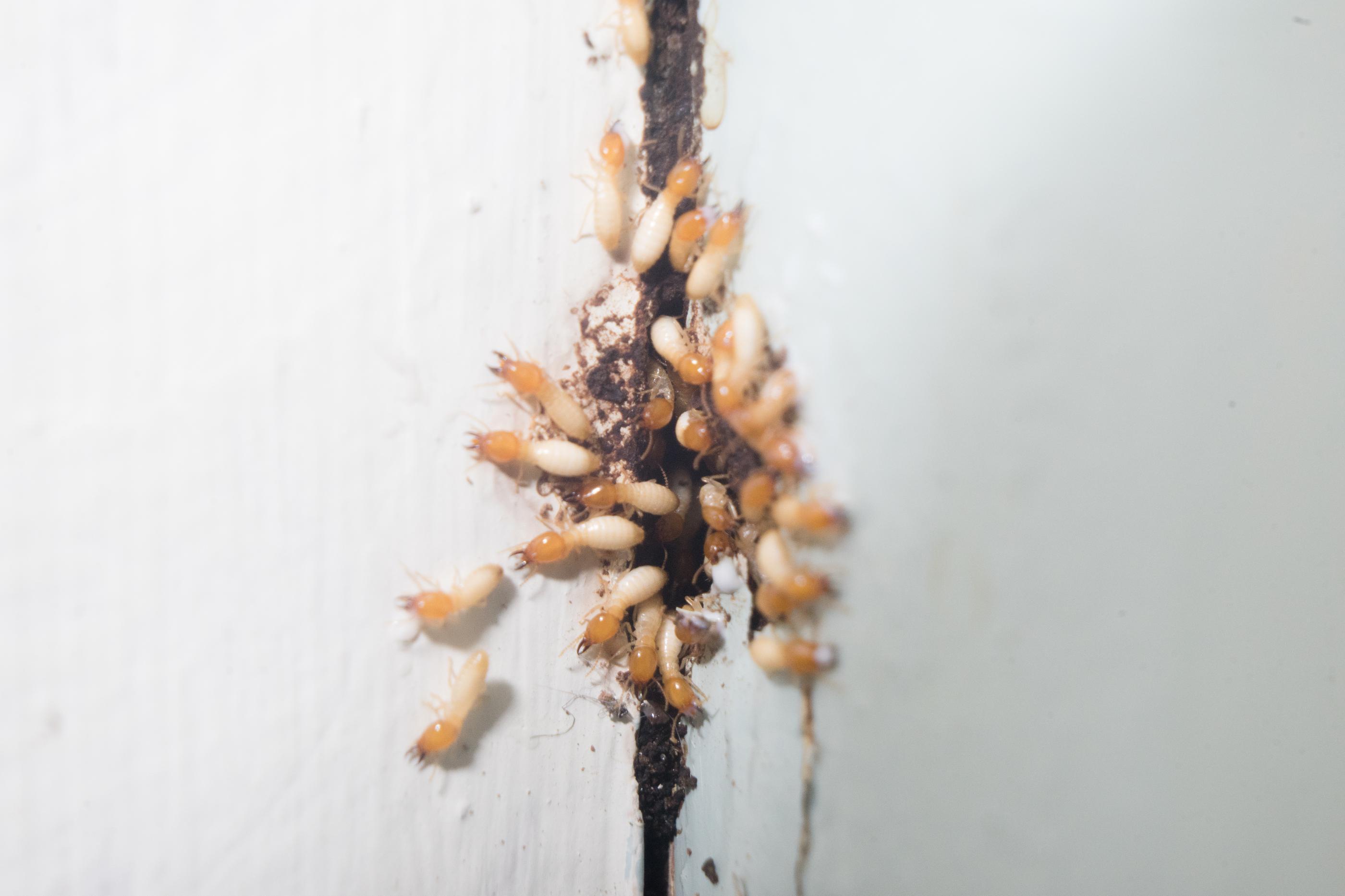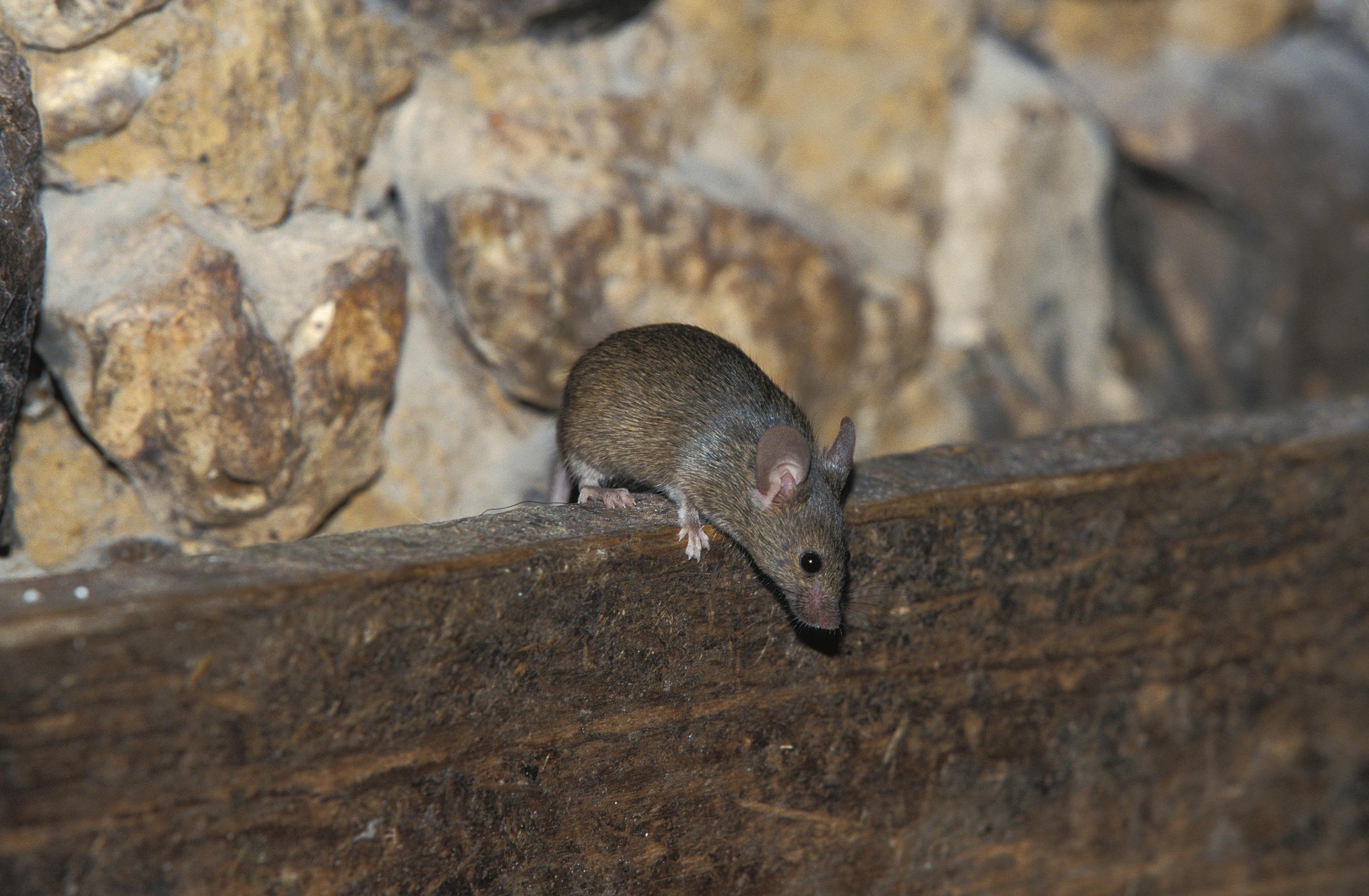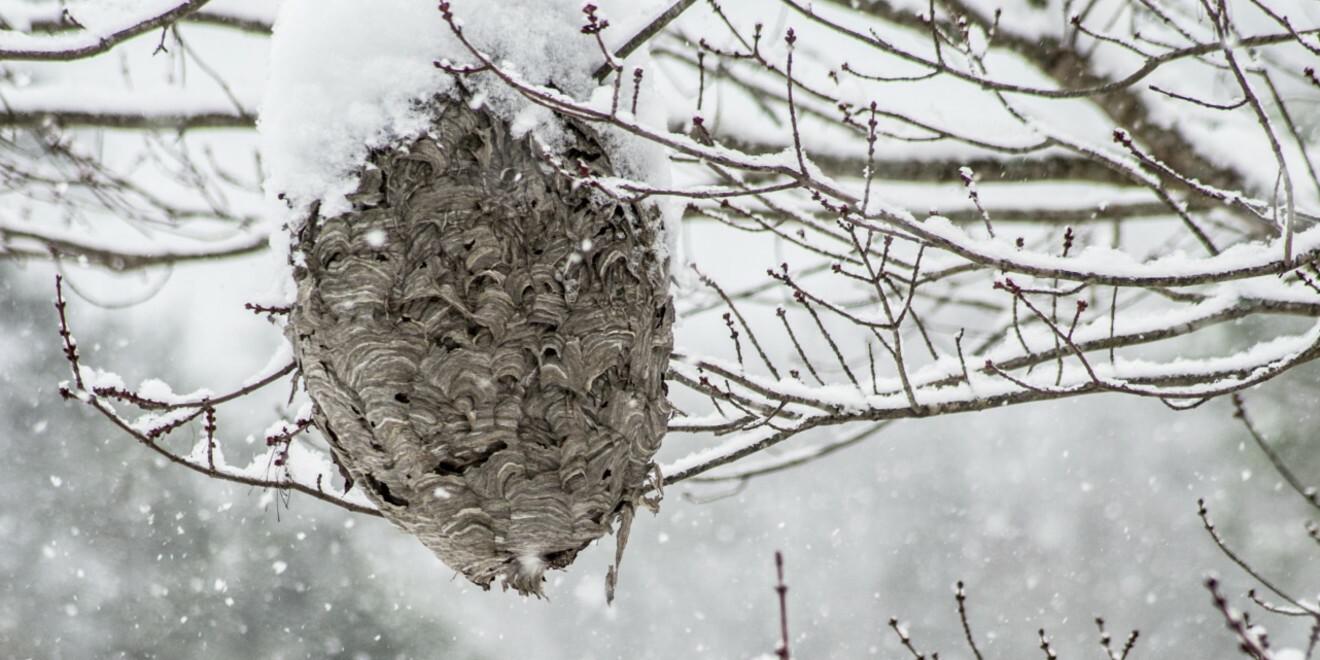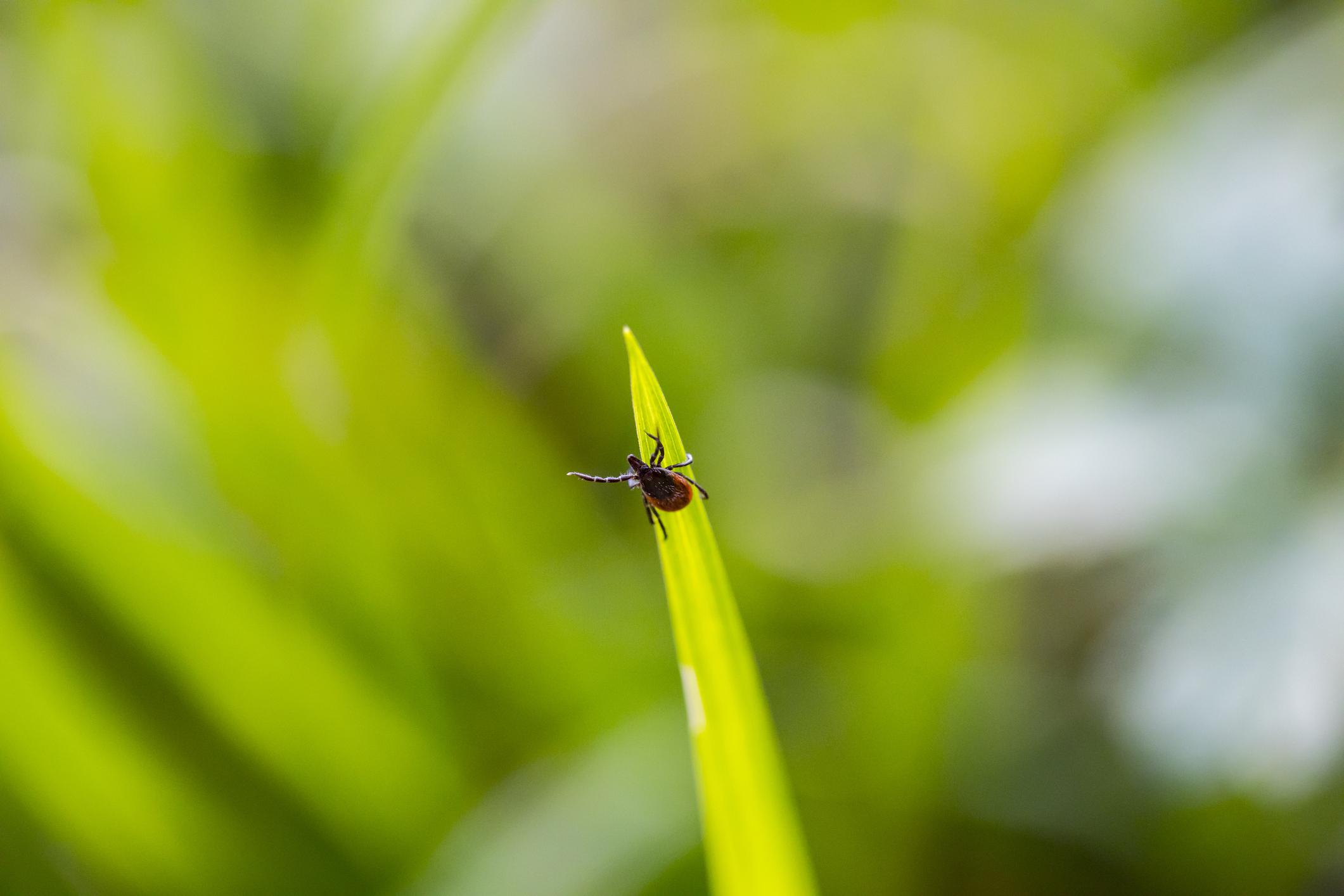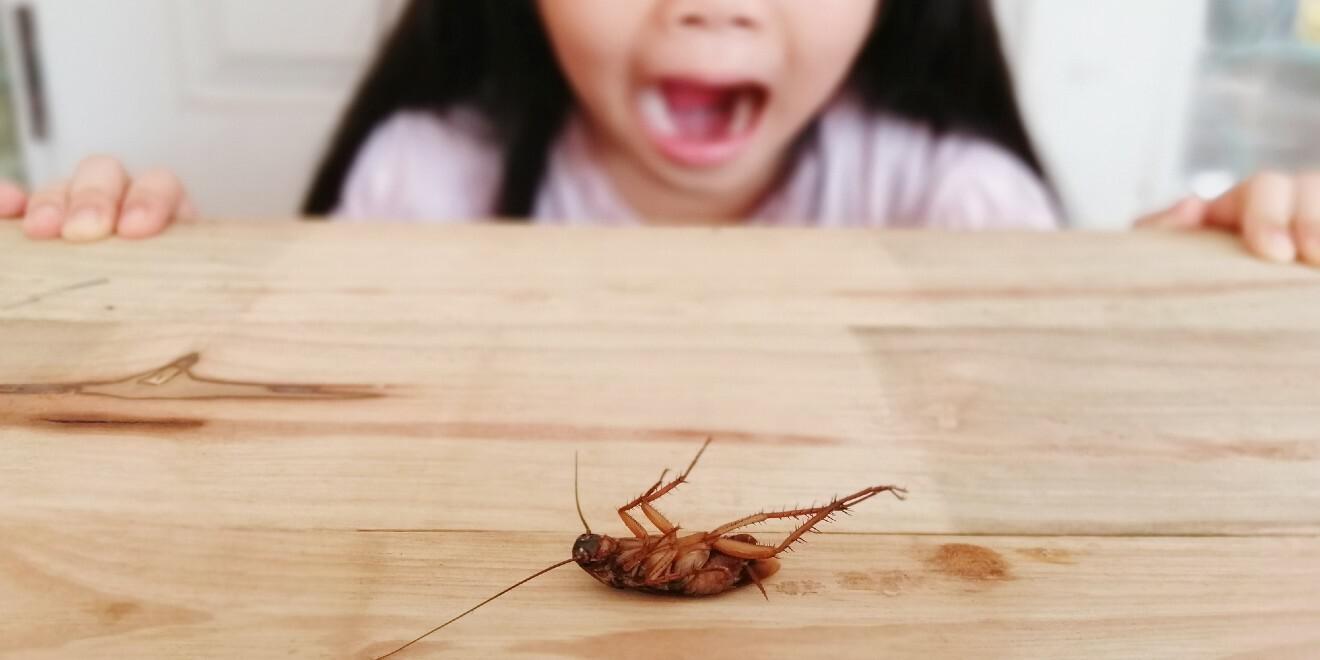Top Invasive Species in Maryland
Posted by Mosquito Squad
February 27, 2017
Top Invasive Species in Maryland
This week marks National Invasive Species Awareness Week. The observance runs from February 27th through March 3rd and is an effort to raise awareness about the damaging effects of invasive species and find solutions to the problems they cause.
In previous years we honored National Invasive Species Awareness week on our blog by sharing steps individuals can take to prevent the spread of invasive species. One of the best ways to fight invasive species is to educate yourself on the alien critters in your region.
So, this year, we’re spotlighting the top invasive insect species in the state of Maryland so that you can become an expert in identifying these damaging pests. After all, identifying an invasive insect is the first step to eliminating it from your backyard or your neighborhood.
Top Invasive Species of Concern in Maryland
Hemlock Wolly Adelgid (Adelges tsugae)
This is an aphid-like insect that is native to East Asia. It is now infesting hemlocks from New England to the Carolinas. They are known for creating a white “wooly” wax on infected branches, but the insect itself is tiny and difficult to spot.
Emerald Ash Borer (Agrilus planipennis)
This pest lives in ash trees in nurseries or wooded areas in areas of North America. They have killed more than 40 million ash trees in the U.S. and pose a major threat to forests. They only have a limited presence in Maryland but have the potential to wreak havoc on woodlands. A quarantine was issued in 2003 and expanded in 2008.
Asian Longhorned Beetle (Anoplophora glabripennis)
The Asian Longhorned Beetle is a woodboring beetle native to China. It is causing problems for hardwood trees in New York and Chicago and poses a potential threat to Maryland. They are primarily black, with white patches along the edge of the shell. They have long antennae covered with black and white bands.
Oriental Beetle (Exomala Orientalis)
This beetle is potentially distributed through nursery sales and trade. It is detrimental to container production at nurseries
Gypsy Moth (Lymantria dispar)
Gypsy moth caterpillars destroy foliage on oak trees throughout much of the eastern United States. They were introduced from Europe in the 1890s but did not establish a presence in Maryland until the 1970s.
Black Vine Weevil (Otiorhynchus sulcatus)
Adult black vine weevils are prolific in a wide range of the U.S. The grubs are root feeders that can chew right through the trunk of a bush. They are potentially distributed through nursery sales and trade.
Japanese Beetle (Popillia japonica)
First recorded in the U.S. in 1916; these beetles eat over 500 different species of plants. They have become the number one turf-grass pest in the U.S., causing millions of dollars in damage. The insect has copper-colored wings that serve as a shell when not flying. They are currently regulated by quarantine.
Red Imported Fire Ant (Solenopsis Invicta)
These painful stinging pests are typically transported in agricultural products, and they are a human health hazard. They are also ecologically disruptive and can destroy crops like corn and soybeans. Isolated colonies have been reported in Maryland, but are not established. The insects are regulated by quarantine.
Pine Shoot Beetle (Tomicus pniperda)
This bark beetle is native to Europe and Asia, but it is now found in pine trees in near the Great Lakes, New England, and parts of Maryland. A quarantine order was issued in 2010 to prevent the spread of the beetle.
Now that you know a little more about some of Maryland’s biggest invasive species threats, you can help prevent these pests from spreading further across our region and the country. If you find one of these insects in your backyard or your neighborhood, contact us so we can help you eliminate them in a safe and effective manner.


